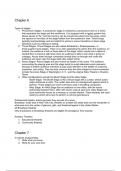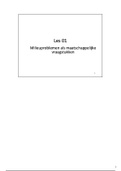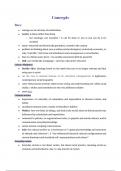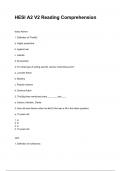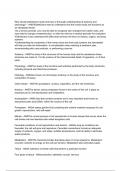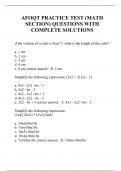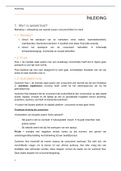Class notes
Theatre Test 2 Review
- Course
- THE 101 (THE101)
- Institution
- Central Carolina Technical College
This document includes seven pages of theatre notes based on four chapters of The Enjoyment of Theatre textbook. These notes are intended to help you on your 2nd theatre test based on these four textbook chapters.
[Show more]
